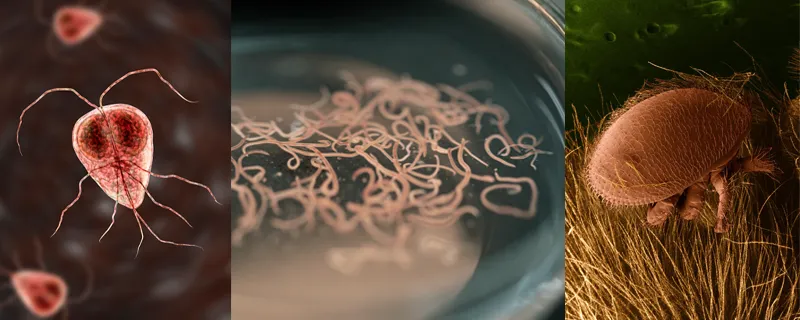
As global temperatures rise, so too does the burden of neglected tropical diseases—especially helminthic infections, which are now re-emerging in regions once considered low-risk. These parasitic diseases, historically confined to tropical zones, are finding new ecological niches fueled by climate change, poor sanitation, and shifting human migration.
Changing Climate, Changing Parasite Patterns
The transmission of helminths like Ascaris lumbricoides, Trichuris trichiura, hookworms, and Schistosoma spp. is tightly linked to environmental factors. Warmer temperatures, increased humidity, and unpredictable rainfall have created ideal breeding conditions for parasites and their intermediate hosts.

A 2023 study in Lancet Planetary Health projected that by 2050, hookworm transmission zones may expand into temperate areas, including parts of southern Europe and the southeastern United States.
In Ethiopia, researchers reported in 2024 a 30% spike in schistosomiasis prevalence in previously low-endemic highland areas, correlating directly with rising water temperatures and dam irrigation.

Urban Waste and Water Contamination
Rapid urbanization without proper sanitation infrastructure has led to contaminated water sources becoming vectors for parasitic transmission. Open defecation and untreated sewage in flood-prone zones, particularly in parts of South Asia and sub-Saharan Africa, have amplified the risk.
A multi-country study published in PLOS Neglected Tropical Diseases in 2024 found soil-transmitted helminths in over 60% of surface water samples from informal urban settlements.
Migration and Displacement as Amplifiers
Climate-related disasters are displacing millions, often into overcrowded camps with inadequate hygiene facilities. These conditions facilitate mass transmission of parasites through shared water, food, and soil.
The WHO's 2024 Global Report on Neglected Diseases noted a resurgence of strongyloidiasis in refugee populations across East Africa and the Middle East, largely linked to poor sanitation and delayed diagnosis.

Global Health Implications
Neglected helminthic infections are not just tropical health issues; they are indicators of systemic vulnerability. Chronic infections cause malnutrition, anemia, and cognitive impairment, especially in children. With their growing geographic reach, these parasites may begin to challenge already stressed health systems in non-endemic countries.
Solutions Must Be Multidimensional
-Surveillance: Integrating parasitic disease monitoring into climate health models is essential.
-WASH Interventions: Expanding clean water access and sanitation infrastructure remains critical.
-Education: Community-based programs promoting hygiene and awareness can curb transmission.
-Policy Integration: Climate adaptation strategies must include disease mitigation frameworks.
Climate change is more than a temperature issue—it’s a biological one. Recognizing the interplay between water, waste, and worms is crucial for the future of global public health.